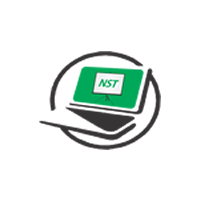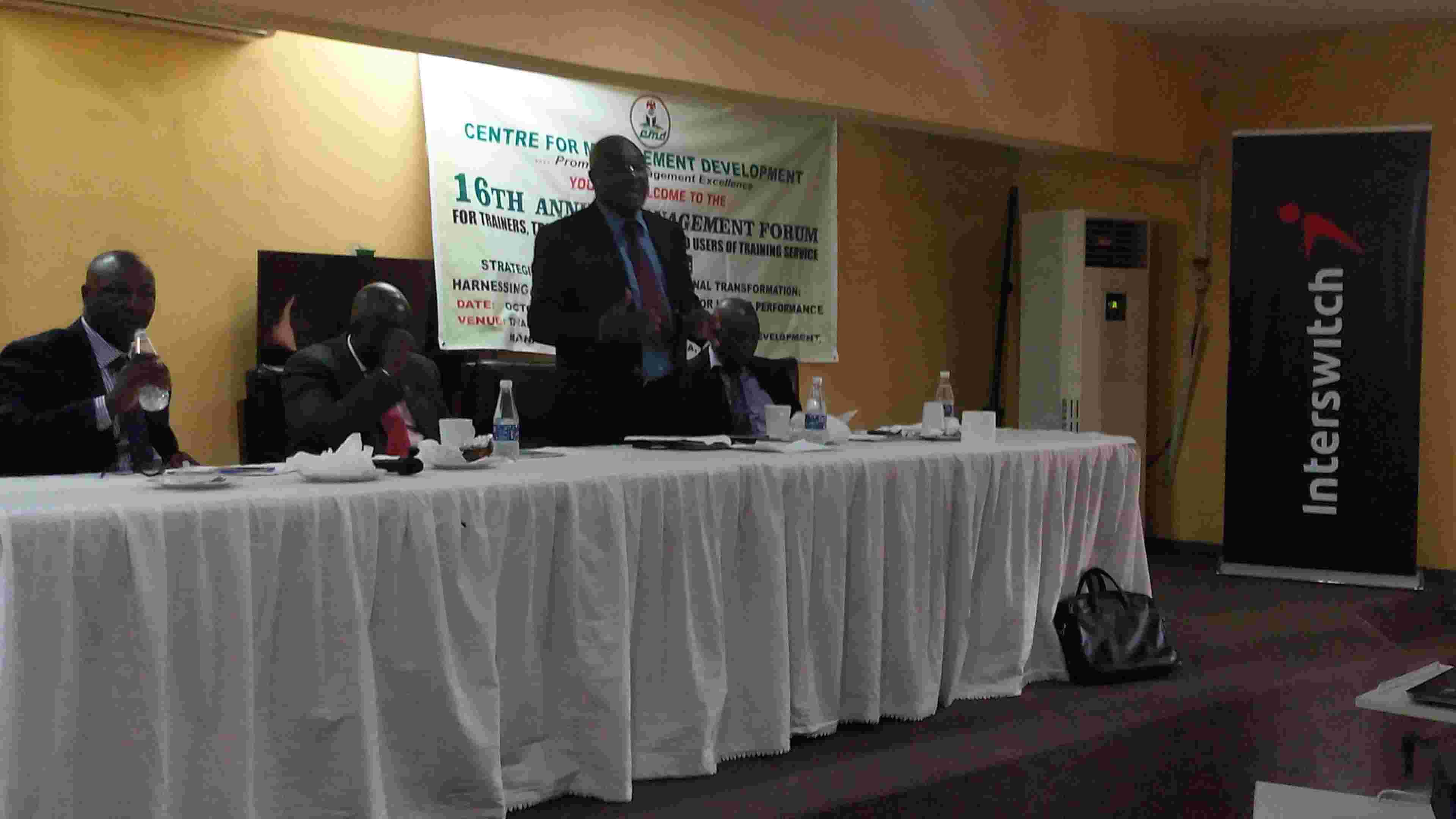Active Inertia – Hustling while You Wait!

This is an idea closely identified with Donald “Don” Sull, an associate professor at London Business School and rising star in a new generation of management gurus. Educated almost exclusively at Harvard (first degree, doctorate and MBA), Sull worked in consulting (with McKinsey & Company) and private equity (with Clayton, Dubilier & Rice) before moving to an academic career.
At the core of his idea is the observation that managers often get stuck in a rut, so when an entirely new situation arises, they revert to old responses. Active inertia, Sull says, is “management’s tendency to respond to the most disruptive changes by accelerating activities that succeeded in the past”.
He quotes the example of tyre company Firestone’s response to the introduction by Michelin of radial technology. Instead of embracing the new technology and all the changes that it implied, Firestone undertook more of the activities that had worked for it in the past, in the pre-radial era- extending its existing technology, making more tyres on existing equipment and keeping old factories working at full throttle. As Sull put it, “it just dug itself an even deeper hole.”
When managers are in a hole, they should stop digging. But too often, like a car stuck in the mud, they keep the engine turning as if they are on a normal road. They do this specially because they “equate inertia with inaction.” But inaction does not have to mean that nothing is going on. When troops are not in battle, they keep themselves in a state of active preparedness. Company should do likewise.
The focus of Sull’s research has been successful companies in uncertain market. Over a six-year period he monitored more than 20 pairs of comparable companies in a number of what he calls unpredictable industries (Telecommunications and Software, for example) in unpredictable markets (China, in particular). What he found was that the more successful of each pair consistently responded, “more effectively to volatile factors that influenced performance, such as unexpected shifts in regulation, technology, competition and macroeconomics”. They did not behave like Firestone rather they exemplified what Sull calls “active waiting”, a strategy that he explains as “anticipating and preparing for opportunities and threats that executives can neither fully predict nor control”.
We all know the power of waiting quietly for the right moment to pounce upon an opportunity. But Sull’s idea is that waiting does not have to be quiet. While they are waiting there are lots of useful things that companies can do – build up a war chest, for instance, streamline operations, carry out scenario planning (See page 157), and so on.
To avoid active inertia, Sull says leaders should not march “headlong toward a well-defined future”. Instead, they should “articulate a fuzzy vision… a fuzzy vision works because it provides a general direction and set aspiration s without prematurely locking the company into a specific course of action”.
So, how are you coping with the long tail effect of COVID - 19,the disruptions in the local and global micro and macro economic environment occasioned by the economic meltdown, disruption in global supply chain as a result of the war between Russia and Ukraine and the potential food crisis, foreign exchange flunctuation (especially in Nigeria) on your business? Are you rushing to do the same old things or you are in “active waiting”, “anticipating and preparing for opportunities and threats that you can neither fully predict nor control”?
Whatever you do, may it be profitable!
Nigerian Seminars and Trainings
Article "Active Inertia" Extracted from Guide to Management Ideas and Gurus by Tim Hindle





0 Comments